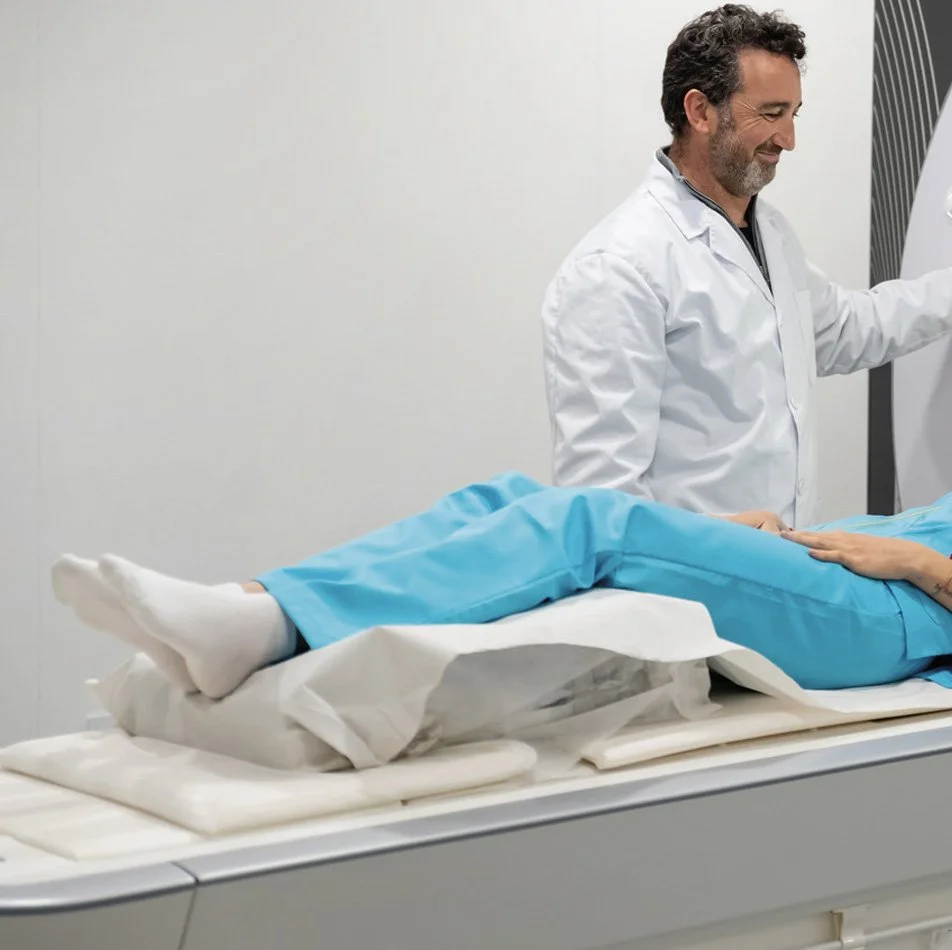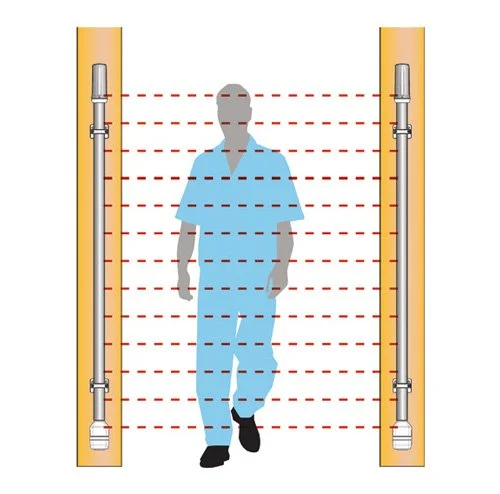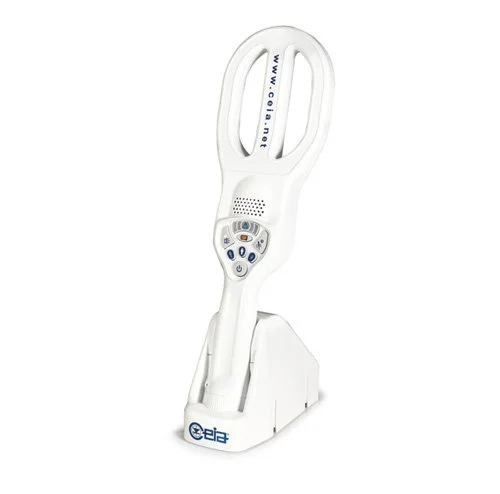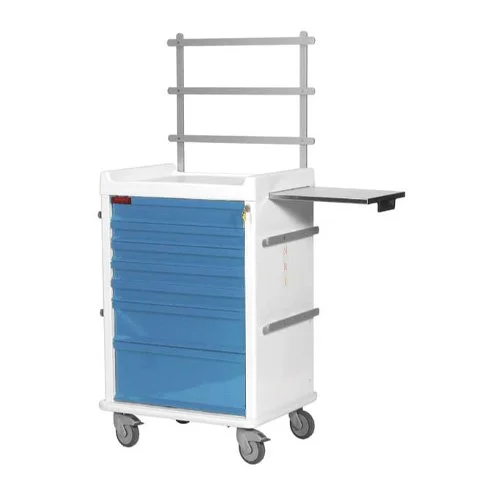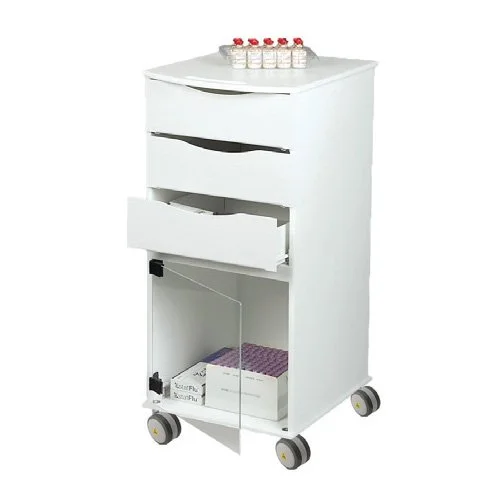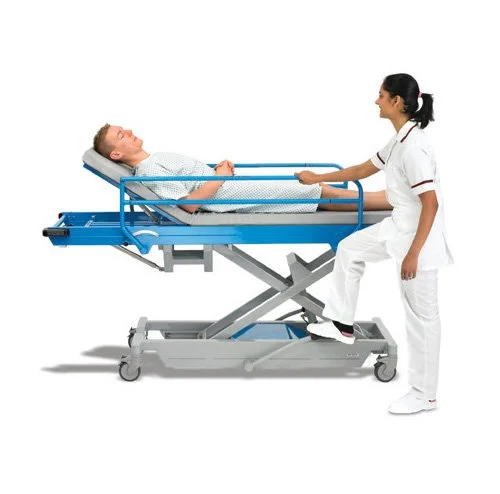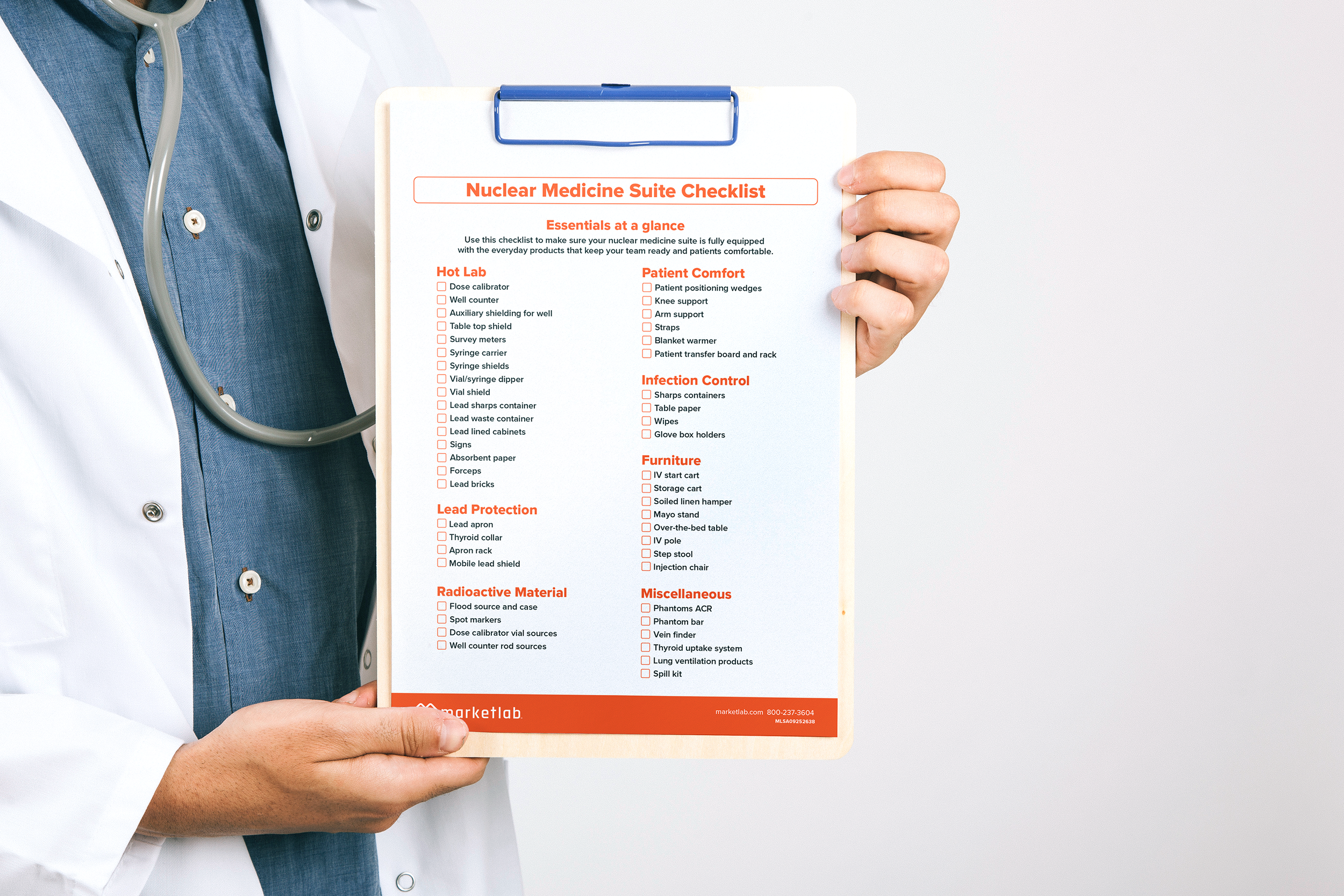MRI Essentials Buying Guide
Expert guidance and practical tips to help you choose the right MRI accessories and supplies – improving safety, patient comfort, workflow, and compliance.
MRI Essentials
Every MRI suite is a high-risk, high-performance environment. Projectile hazards, relentless noise, patient anxiety, and strict compliance standards are daily realities.
The right accessories help your teams manage them with confidence. That’s where Marketlab comes in. We’ve been the go-to resource for imaging essentials – including the largest selection of MRI products – for more than 30 years.
How to Use This Guide
We’ve organized the essential accessories and supplies for safe, efficient MRI environments into four categories to make evaluating and purchasing easier.
Safety: Protect patients and staff by controlling magnetic risks and maintaining clear zone protocols.
Patient Comfort: Improve scan quality and patient experience with hearing protection, positioning aids, and comfort items that help reduce anxiety.
Workflow: Keep daily operations on track with MRI-ready items that are well-organized, accessible, and easy to manage.
Regulatory & Compliance: Meet ACR best practices, TJC standards, and OSHA requirements with accessories that simplify zone control, documentation, and compliance.
Safety
Protecting Patients and Staff
The ACR 4-Zone model is the gold standard for MRI safety, laying out a clear path for protection. As you move closer to the heart of the MRI suite, access tightens, and safety becomes even more critical – backed by written policies and strict controls.
Everything entering Zones III and IV should be labeled using the ASTM F2503 system and icons – MR Safe, MR Conditional, or MR Unsafe – to keep the environment as safe as possible. And since projectile accidents remain a real concern, top facilities aren’t stopping at manual checks. Many now add permanent ferromagnetic detection systems (FMDS) to catch risky items before they enter higher-risk zones.
Focus Areas
Confirm your zone layout, signage, and access controls align with ACR and TJC safety standards.
Standardize ASTM F2503 labeling across transport equipment and accessories.
Layer screening, including written questions, verbal interview, hand-wanding, and fixed FMDS at Zone II (patient screening) and Zone IV (entry control).
Marketlab’s Top Safety Solutions
Did you know?
It’s estimated that 74% of MRI incidents could have been prevented by following standard safety practices.*
*MRI Safety, OSHU, 2025.
Patient Comfort
Easing Anxiety, Enabling Better Scans
Noise, discomfort, and anxiety are some of the biggest barriers to a successful MRI. One of the most immediate challenges is sound. Patients need hearing protection that delivers at least 29 dB of noise reduction.
Claustrophobia and pain also play a role. When patients are anxious or uncomfortable, scans take longer, image quality can suffer, and repeat exams become more likely.
Positioning aids and comfort items help patients stay calmer, which in turn allows technologists to complete scans – effectively and efficiently.
Focus Areas
Provide hearing protection that meets the minimum 29dB noise reduction standard. Be sure to keep both adult and pediatric options for comfort on hand.
Use positioning aids, such as knee wedges and comfort pillows, to ease discomfort and reduce movement.
Combat claustrophobia with eye shades to help patients feel less confined and reduce visual distractions that can trigger anxiety.
Marketlab’s Top Comfort Solutions
Did you know?
Up to 65% of MRI patients experience anxiety, causing motion that disrupts about 1 in 5 scans.*
*Al Shanbari NM, et al. Assessment of Anxiety Associated With MRI Examination Among the General Population in the Western Region of Saudi Arabia. Cureus. 2023;15(2):e34531. Published 2023 Feb 2. doi:10.7759/cureus.34531
Pro Tip
Keep earplugs sized for adults and pediatrics in stock in Zone III/IV with clear instructions and checklists mapped to OSHA/ NIOSH guidance.
Workflow
Keeping Exams on Track
MRI workflows aren’t just about efficiency – they’re about minimizing risks, reducing exam time, and giving technologists the tools to focus on patient care. Organization is critical. Well-organized supply carts, dispensers, and linen systems keep essentials within reach, while transport equipment and stepping stools matched to patient needs and scanner requirements helps prevent delays and keep exams on schedule.
Focus Areas
Standardize carts, dispensers and storage so supplies are organized, accessible, and easy to restock between exams.
Match transport equipment to patient needs — from daily use to emergency-only, always confirming weight limits align with the MRI scanner.
Label everything with MR Safe/Conditional designations to reduce risk and prevent delays.
Marketlab’s Top Workflow Solutions
Did you know?
Optimized MRI suite design, leveraging dedicated prep bays and standardized workflows, can reduce table turnaround time by over 40% and increase on-time exam starts by up to 20%.*
*Herold, A., Tsai, L.L., Lo, WC. et al. Impact of optimized and conventional facility designs on outpatient abdominal MRI workflow efficiency. Sci Rep 15, 10942 (2025). https://doi.org/10.1038/s41598-025-94799-0.
Regulatory & Compliance
Meeting Standards with Confidence
MRI environments are among the most closely regulated in healthcare. ACR, TJC, and OSHA set standards for zoning, signage, infection control, and equipment use. The right accessories and supplies help make compliance practical, supporting safe care and keeping your suite survey-ready.
Focus Areas
Choose official MR Safe and MR Conditional accessories. These items, such as headsets, hearing protection, positioning aids, and monitors, are rigorously tested to meet ASTM F2503 and FDA guidelines.
Use zone signage and barriers to clearly mark restricted areas and reinforce access protocols according to ACR and TJC safety requirements.
Maintain designated carts and hampers for clean and soiled linens to support infection control.
Marketlab’s Top Compliance Solutions
Did you know
Audits of U.S. MRI facilities found nearly 1 in 4 procedures show deviations from established imaging and documentation protocols, highlighting ongoing challenges in consistent compliance.*
*Sinha H, Raamana PR. Solving the Pervasive Problem of Protocol Non-Compliance in MRI using an Open- Source tool mrQA. Neuroinformatics. 2024;22(3):297-315. doi:10.1007/s12021-024-09668-4
Quick Reference Checklist
Key resources to guide MRI compliance, RFPs, and staff training.
Safety Program Foundations
ACR Manual on MR Safety: 4-Zone model, screening, staff roles.
TJC Quick Safety #31: Expectations for strong MRI safety programs.
Labeling & Device Standards
ASTM F2503: Labeling (MR Safe, MR Conditional, MR Unsafe).
ASTM F2052, F2213, F2182, F2119-24: Testing that supports “MR Conditional” claims (force, torque, RF heating, artifacts).
IEC 60601-2-33:2022: Scanner safety and SAR operating modes.
Hearing Protection
NEMA MS 4-2023: Acoustic noise measurement (basis for hearing protection programs).
OSHA 29 CFR 1910.95 & NIOSH 85 dBA REL: Occupational noise thresholds.
Putting the Essentials to Work
Safe, efficient MRI care is built on everyday decisions – how rooms are set, how patients are prepped, and how equipment is organized and maintained. The right accessories and supplies make those decisions easier – and help turn standards into daily practice.
With comprehensive MRI solutions and guidance rooted in experience, Marketlab helps you run your MRI suite with confidence.
Connect with a Marketlab expert at 800-237-3604 or service@marketlab.com


